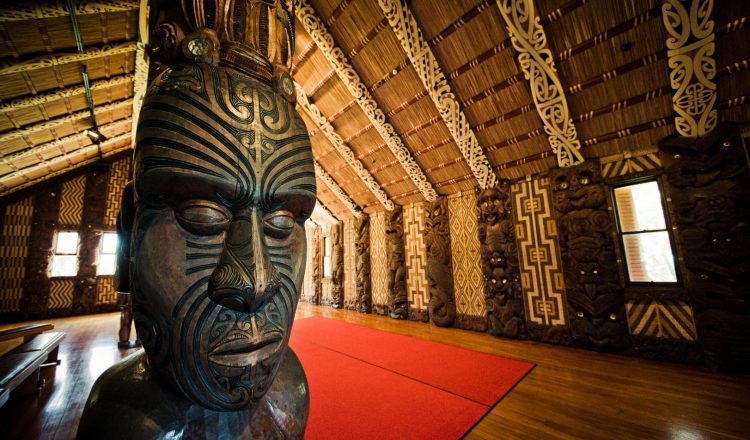Giới thiệu về Văn hóa New Zealand
Mặc dù có dân số chỉ dưới 5 triệu người, New Zealand có một trong những nền văn hóa độc đáo và đa dạng nhất trên hành tinh. Với một phạm vi rộng lớn và năng động của các nền văn hóa tồn tại cùng nhau, sẽ dễ dàng cho rằng có thể có một số xung đột giữa các nhân khẩu học. Tuy nhiên, khi New Zealand đã hiện đại hóa, điều này đã được chứng minh là khác xa sự thật.
Người dân New Zealand
Do sự xa xôi về địa lý, New Zealand là một trong những khu vực cuối cùng trên Trái đất có con người sinh sống. Những người định cư đầu tiên là người Polynesia đến vào cuối những năm 1200. Truyền thống của họ đã phát triển thành nền văn hóa Maori độc đáo khi họ lan rộng quanh quần đảo New Zealand, tận dụng tối đa các nguồn tài nguyên thiên nhiên đa dạng theo ý của họ.
Làn sóng người định cư tiếp theo là những người châu Âu đi khắp toàn cầu để đến nơi ở mới của họ, chủ yếu vào những năm 1800. Đôi khi được người Maori gọi là Pakeha, những người châu Âu này hiện nay tạo nên nhân khẩu chính trên New Zealand. Mặc dù người châu Âu và người Maori có những khác biệt và bất đồng, nhưng theo thời gian, một mối quan hệ tích cực đã phát triển. Đáng chú ý nhất là sau khi New Zealand giành được độc lập từ Vương quốc Anh vào năm 1948 và nền văn hóa của hai nhóm người này đã được truyền bá.
Văn hóa Kiwi
Những người New Zealand thống nhất này hay ‘Kiwis’, đã trở nên nổi tiếng với sự cởi mở và triển vọng tiến bộ đối với chính trị và văn hóa. New Zealand là quốc gia đầu tiên cho phép phụ nữ có quyền bỏ phiếu vào năm 1893 và đã tiếp tục thể hiện sự sẵn sàng của mình trong việc ưu tiên công bằng và hòa nhập trong biên giới của mình. Tuy nhiên, người dân New Zealand không chỉ được biết đến với sự công bằng của họ, mà còn là sự thân thiện và thực tế của họ. Với nhiều người Kiwis chỉ cách xa tổ tiên tiên phong vài thế hệ, thái độ chăm chỉ và sẵn sàng giúp đỡ người khác đã ở lại mạnh mẽ như người dân New Zealand đã đi vào thời đại hiện đại.
Chính cách nhìn thân thiện và thân thiện này đã dẫn đến việc New Zealand trở thành một nơi hòa quyện thực sự của các nền văn hóa, chứ không chỉ là người Maori và Châu Âu! Trong những năm gần đây, dân số châu Á ở New Zealand đã có sự tăng trưởng đáng kể. Hầu hết những người New Zealand gốc Á này đều nhận thấy họ có nhiều điểm chung với nền văn hóa hiện có của New Zealand, đặc biệt là văn hóa mang ảnh hưởng của người Maori. Nhấn mạnh vào việc quý trọng người lớn tuổi, chào đón người lạ và trong trường hợp của một số người Đông Nam Á, ngay cả truyền thống khiêu vũ cũng gợi nhớ về quê hương.
Thành phần quan trọng cho sự thành công của nền văn hóa Kiwi mở rộng và đa dạng này là chia sẻ. Chia sẻ nghệ thuật như khiêu vũ, điêu khắc và văn học, chia sẻ giá trị và thậm chí chia sẻ ngôn ngữ. Kiwis minh họa điều này trong Quốc ca của New Zealand, ‘God Defend New Zealand’. Bài hát được hát bằng cả tiếng Anh và tiếng Maori thể hiện sự kết hợp của người dân.

















































